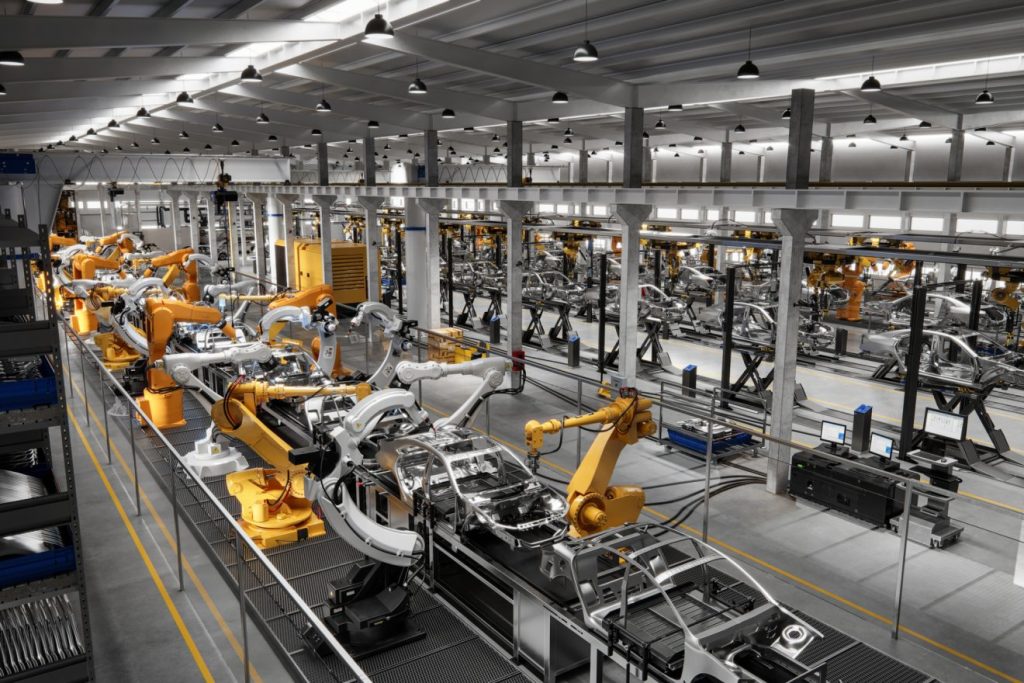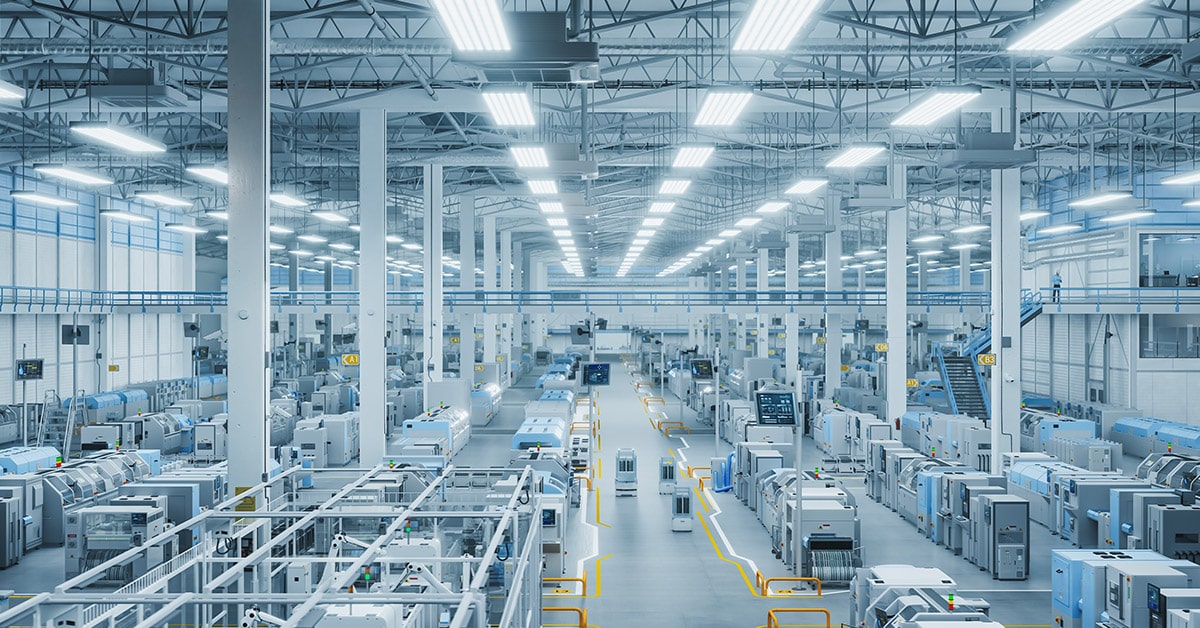
Mexico has emerged as a vital player in the global manufacturing landscape, boasting a diverse array of industries that leverage its strategic geographic location, skilled labor force, and favorable trade agreements. As companies seek to optimize production and supply chain efficiency, many are turning to Mexico to capitalize on its competitive advantages. From automotive and electronics to aerospace and textiles, the country’s manufacturing sector has undergone significant transformation, positioning itself as an attractive alternative to traditional manufacturing powerhouses.
This article delves into the current state of manufacturing in Mexico, exploring the key factors that contribute to its growth, the challenges it faces, and the future prospects for the industry. By examining the complex interplay between government policies, foreign investment, and technological advancements, we gain insight into how Mexico is not only redefining its own economic landscape but also reshaping global manufacturing dynamics.
Key Growth Factors for Mexico’s Manufacturing Sector
Mexico’s manufacturing sector has benefited immensely from its robust trade agreements, most notably the United States-Mexico-Canada Agreement (USMCA), which enhances trade facilitation with neighboring countries. Additionally, the country’s proximity to the U.S. market allows for shorter supply chains and reduced shipping times, which are critical for industries reliant on just-in-time manufacturing. A skilled labor force, coupled with a growing focus on technological advancements and innovation, has also contributed significantly to the sector’s expansion. As businesses look to optimize their operations, they are increasingly considering Mexico Manufacturing as a viable option for cost-effective and efficient production.

Challenges and Future Prospects
Despite the promising landscape, challenges remain for Mexico’s manufacturing industry, including infrastructure bottlenecks and concerns surrounding security and investment stability. To sustain its upward trajectory, the country must continue to invest in infrastructure improvements and foster a stable regulatory environment that attracts foreign investment. As Mexico continues to adapt to global trends, such as automation and sustainable practices, the future of its manufacturing sector looks promising, with opportunities to not only fulfill domestic demand but also to serve international markets more effectively.
In conclusion, Mexico’s manufacturing sector stands at a pivotal juncture, characterized by a blend of opportunity and adversity. With the advantages of strategic location, a competitive labor force, and beneficial trade agreements, the country is well-positioned to capitalize on global shifts towards diversified supply chains. However, to maintain its growth momentum, Mexico must address existing challenges, including infrastructure limitations and security concerns, while embracing technological advancements and sustainable practices. The commitment to fostering a stable investment climate will be crucial as Mexico seeks to enhance its role as a manufacturing hub. By leveraging its strengths and addressing its weaknesses, Mexico has the potential not only to bolster its economy but also to play an integral role in redefining the global manufacturing landscape for years to come.


